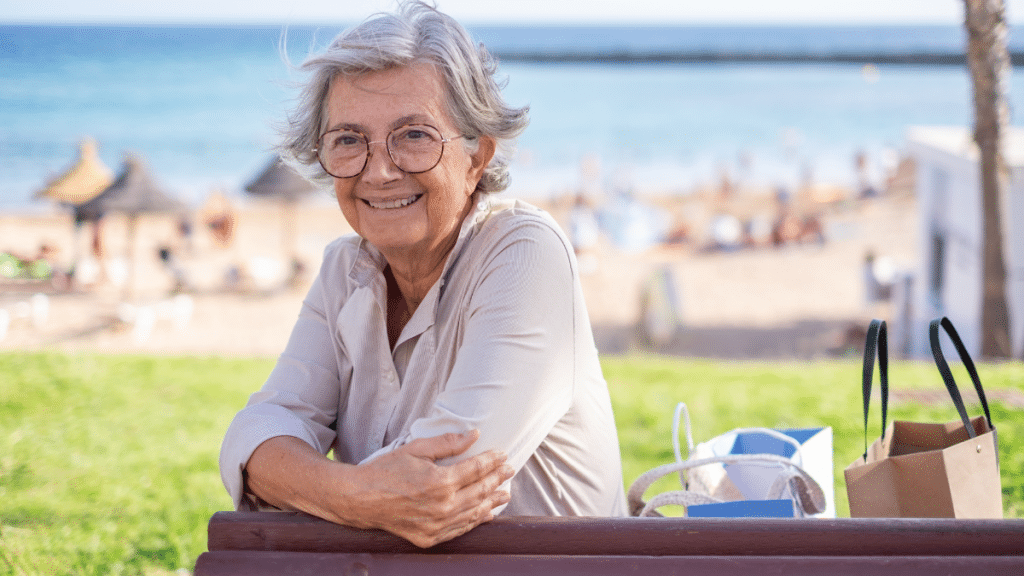Setting the Scene: Why Coastal Living Requires Tailored In-Home Care
Coastal living brings unique challenges and opportunities, especially when creating a safe environment for aging family members. The salty air, high humidity, and frequent weather changes define the paradise of seaside living but can also affect home durability and safety. Standard modifications may be insufficient in these conditions, as materials like metal or wood are prone to corrosion and decay. Sandy thresholds and slippery floors add to mobility concerns unique to the area.
Adapting homes for elder care near the coast means balancing independence with safety. The focus should be on creating a comfortable setting that considers local climate effects while maintaining accessibility. This approach allows aging family members to enjoy their golden years without compromising health or overall quality of life.
Assessing Home Safety with Coastal Elements in Mind
Identifying Environmental Hazards
Coastal homes come with specific risks that require attention. Salt in the air can corrode metals, affecting structural integrity and adding wear to even basic fixtures like door handles and hinges. Moisture fosters mold, especially in poorly ventilated spaces, which can harm indoor air quality. Uneven walkways caused by shifting sands or damaged decking further increase the risk of falls.
Practical Structural Adjustments
Proper home modifications reduce these hazards. Here are key recommendations:
- Install non-slip flooring to prevent falls, especially in high-moisture areas like bathrooms.
- Use corrosion-resistant handrails and fixtures to combat salt air exposure.
- Upgrade ventilation in high-risk rooms, such as basements or sunrooms, to control humidity levels.
Checklist for a quick safety audit:
- Inspect handrails for rust or wear.
- Look for uneven surfaces or water pooling in walkways.
- Check walls and ceilings for signs of mold.
- Test exhaust fans in bathrooms and kitchens for functionality.
Personalizing Daily Routines for Enhanced Comfort and Independence
Morning and Evening Rituals
Designing spaces for aging family members starts with encouraging ease in their daily routines. For mornings, consider adding humidity-controlled dressing areas that simplify temperature-sensitive tasks like getting dressed. Outdoor spaces can help foster calm moments during the evening, with shaded seating that minimizes sun exposure while inviting fresh ocean breezes.
Medication and Hydration Stations
These should include durable, weather-protected areas for pill organizers, reminders, and hydration supplies. Adequate lighting ensures visibility during evening hours without straining vision.
To boost morale, incorporate effortless coastal-themed décor like ocean tones or natural finishes. These low-maintenance choices help create uplifting environments without extra upkeep demands.
Integrating Community Resources and Professional Support
Local and virtual eldercare services can complement home adjustments for aging loved ones. By connecting with these resources, families can access consultations, respite options, and social programs tailored to meet individual care needs.
Several families seeking home care Myrtle Beach SC have found that scheduling a personalized home assessment leads to faster implementation of vital safety upgrades. Consider local providers who offer thorough evaluations to identify needs unique to your coastal location.
To vet options, explore peer reviews and virtual tours to ensure services align with your expectations. These resources help families find support not only for home modifications but also for maintaining connection and well-being.
Embracing Adaptive Aids and Smart Home Technologies
Assistive Devices Suited for Coastal Climates
Assistive aids must endure the challenges of salt air and high moisture. Items such as rust-proof grab bars near bathing areas, marine-grade mobility aids for sandy terrains, and moisture-wicking linens for comfort fit well within coastal homes.
Smart Sensors and Alerts
Technology can add functional safety. Humidity and temperature monitors help track indoor air quality. Fall-detection wearables provide extra security for seniors prone to imbalance. Automated lighting with motion sensors ensures visibility during nighttime walks. Prioritize devices that blend naturally with a home’s aesthetic rather than disrupt it.
Looking Ahead: Maintaining Wellness Through Seasonal Changes
Seasonal shifts can significantly affect health and home safety for older residents. Summer heat intensifies hydration needs and may require upgrades like adjustable shading to cool outdoor spaces. Hurricane season demands pre-storm checks, including securing loose items and verifying window reinforcements. Winter weather might call for gentle heating solutions and prevention of drafts in coastal homes prone to air leaks.
Create a quarterly maintenance plan to stay proactive:
- Perform a storm-readiness inspection before hurricane season.
- Optimize humidity controls during midsummer temperatures.
- Check heating systems and insulation as colder months approach.
Collaborating with caregivers ensures adjustments are timely and responsive to evolving needs.
Charting a Course for Lasting Comfort at Home
A well-adapted home brings health, safety, and enjoyment to aging family members, preserving the joys of seaside living alongside the necessities of elder care. Treat home adaptation as a continual process, with each safety improvement guiding toward lasting comfort.
Through thoughtful changes and strong community support, every effort to enhance the home contributes to preserving independence. Each added upgrade serves as one more step toward making the environments we love even more livable for those we love most.

